Grepafloxacin
- CAS NO.:119914-60-2
- Empirical Formula: C19H22FN3O3
- Molecular Weight: 359.39
- MDL number: MFCD00865116
- EINECS: 631-454-3
- SAFETY DATA SHEET (SDS)
- Update Date: 2023-05-15 10:43:54
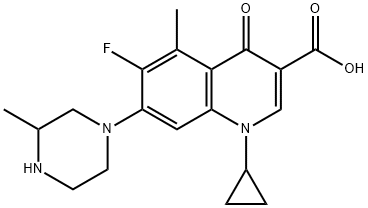
What is Grepafloxacin?
Absorption
Rapidly and extensively absorbed following oral administration. The absolute bioavailability is approximately 70%.
Toxicity
Withdrawn from the US market in 1999 due to associations with QTc prolongation and adverse cardiovascular events.
The Uses of Grepafloxacin
dl-Grepafloxacin is an antibacterial compound used to treat various respirator infections.
Indications
For treatment of adults with mild to moderate infections caused by susceptible strains of Haemophilus influenzae, Streptococcus pneumoniae, or Moraxella catarrhalis.
Background
Grepafloxacin is an oral broad-spectrum quinoline antibacterial agent used to treat bacterial infections. Due to the QTc-prolonging potential, as indicated by the changes in the QT interval on the electrocardiogram, and the risk for cardiovascular adverse events, grepafloxacin was withdrawn in the United States.
Definition
ChEBI: Grepafloxacin is a member of quinolines, a quinolone antibiotic and a fluoroquinolone antibiotic.
Pharmacokinetics
Grepafloxacin has in vitro activity against a wide range of gram-positive and gram-negative aerobic microorganisms, as well as some atypical microorganisms.
Metabolism
Primarily hepatic via CYP1A2 and CYP3A4. The major metabolite is a glucuronide conjugate; minor metabolites include sulfate conjugates and oxidative metabolites. The oxidative metabolites are formed mainly by the cytochrome P450 enzyme CYP1A2, while the cytochrome P450 enzyme CYP3A4 plays a minor role. The nonconjugated metabolites have little antimicrobial activity compared with the parent drug, and the conjugated metabolites have no antimicrobial activity
Properties of Grepafloxacin
| Melting point: | 189-192 ºC |
| Boiling point: | 610.0±55.0 °C(Predicted) |
| Density | 1.366 |
| storage temp. | under inert gas (nitrogen or Argon) at 2–8 °C |
| solubility | DMSO (Slightly), Methanol (Slightly) |
| form | Solid |
| pka | 6.44±0.50(Predicted) |
| color | Pale Beige to Pale Yellow |
| Stability: | Hygroscopic |
| CAS DataBase Reference | 119914-60-2(CAS DataBase Reference) |
Safety information for Grepafloxacin
| Signal word | Danger |
| Pictogram(s) |
 Skull and Crossbones Acute Toxicity GHS06 |
| GHS Hazard Statements |
H301:Acute toxicity,oral |
| Precautionary Statement Codes |
P301+P310:IF SWALLOWED: Immediately call a POISON CENTER or doctor/physician. |
Computed Descriptors for Grepafloxacin
New Products
4-Aminotetrahydropyran-4-carbonitrile Hydrochloride (R)-3-Aminobutanenitrile Hydrochloride 4-AMINO-TETRAHYDRO-PYRAN-4-CARBOXYLIC ACID HCL 4-(Dimethylamino)tetrahydro-2H-pyran-4-carbonitrile 3-((Dimethylamino)methyl)-5-methylhexan-2-one oxalate 1,4-Dioxa-8-azaspiro[4.5]decane 5-Bromo-2-nitropyridine Nimesulide BP Aceclofenac IP/BP/EP Mefenamic Acid IP/BP/EP/USP Diclofenac Sodium IP/BP/EP/USP Ornidazole IP Diclofenac Potassium SODIUM AAS SOLUTION ZINC AAS SOLUTION BUFFER SOLUTION PH 10.0(BORATE) GOOCH CRUCIBLE SINTERED AQUANIL 5 BERYLLIUM AAS SOLUTION 2-Bromo-1-(bromomethyl)-3-chloro-5-nitrobenzene 2-Bromo-3-nitroaniline N-(3-Hydroxypropyl)-N-methylacetamide 3-Bromo-6-chloropyridazine 4-ethyl-3-nitrobenzoic acidRelated products of tetrahydrofuran
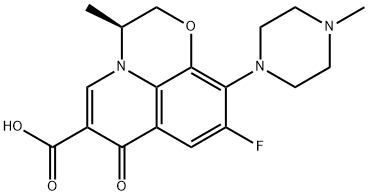
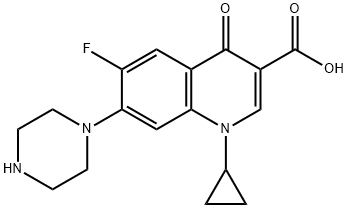
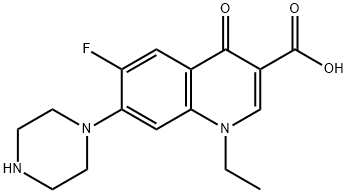
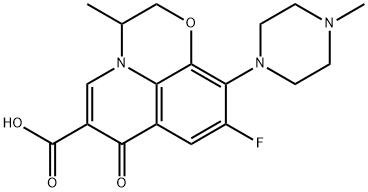

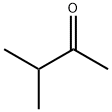
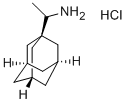
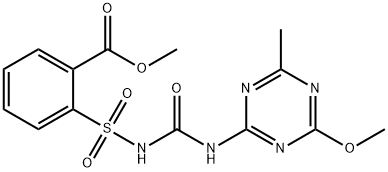
You may like
-
 1-Methyl-6-oxo-1,6-dihydropyridazine-3-carbonitrile 98%View Details
1-Methyl-6-oxo-1,6-dihydropyridazine-3-carbonitrile 98%View Details
99903-60-3 -
 88491-46-7 98%View Details
88491-46-7 98%View Details
88491-46-7 -
 1823368-42-8 98%View Details
1823368-42-8 98%View Details
1823368-42-8 -
 2-(3-(tert-butyl)phenoxy)-2-methylpropanoic acid 1307449-08-6 98%View Details
2-(3-(tert-butyl)phenoxy)-2-methylpropanoic acid 1307449-08-6 98%View Details
1307449-08-6 -
 Ethyl 3-(furan-2-yl)-3-hydroxypropanoate 25408-95-1 98%View Details
Ethyl 3-(furan-2-yl)-3-hydroxypropanoate 25408-95-1 98%View Details
25408-95-1 -
 2-Chloro-5-fluoro-1-methoxy-3-methylbenzene 98%View Details
2-Chloro-5-fluoro-1-methoxy-3-methylbenzene 98%View Details
1805639-70-6 -
 1784294-80-9 98%View Details
1784294-80-9 98%View Details
1784294-80-9 -
 Lithium ClavulanateView Details
Lithium ClavulanateView Details
61177-44-4